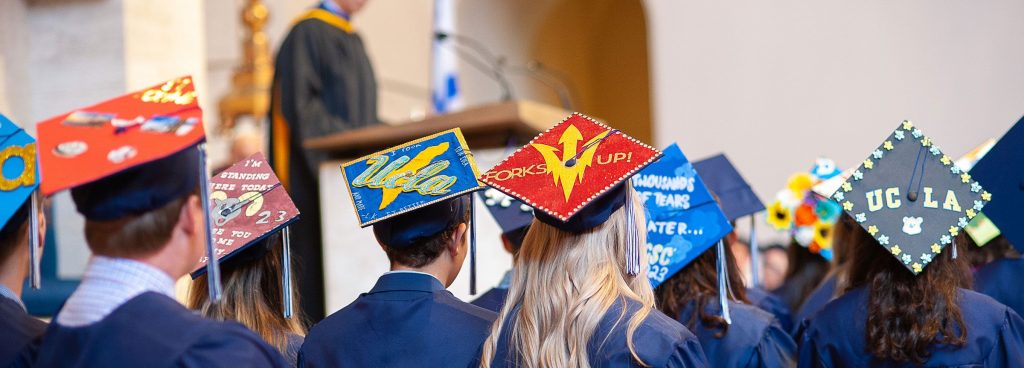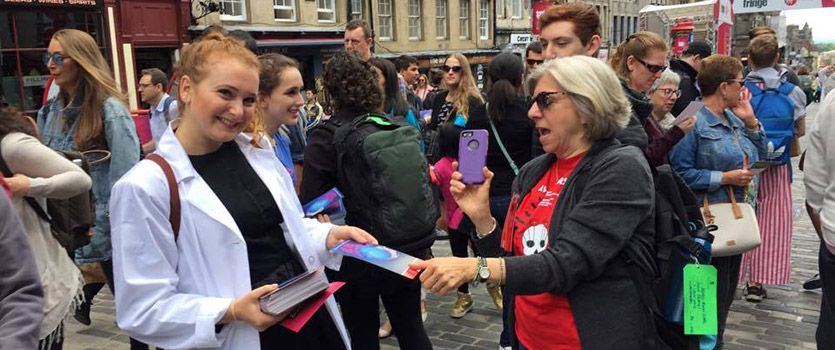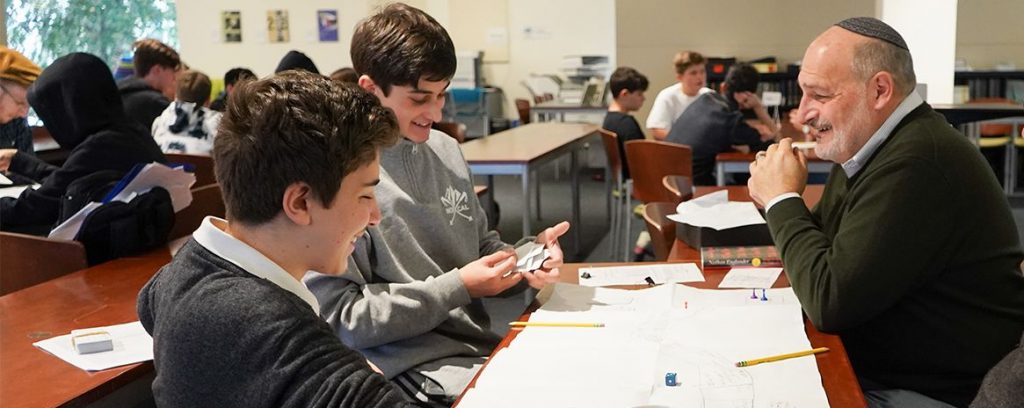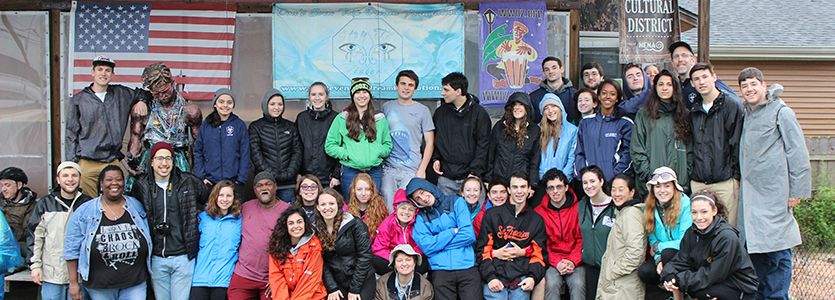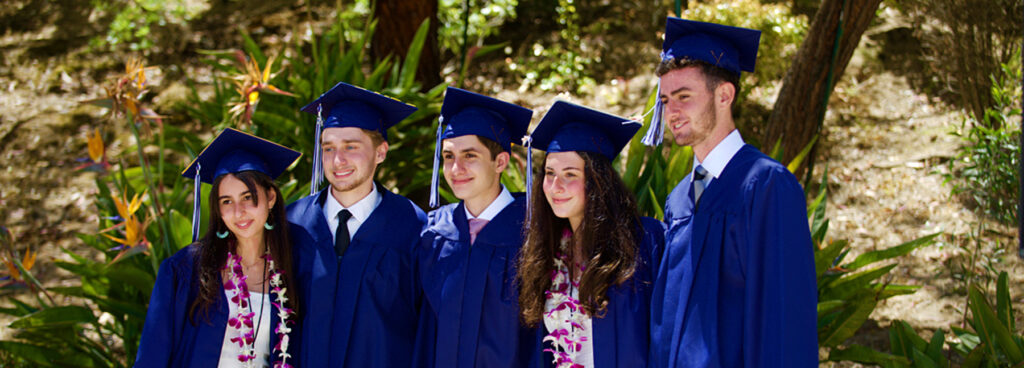by Rabbi Josh Buchin: Co-Dean of Students, Jewish Studies Teacher
This week’s Torah portion, Achrei Mot-Kedoshim, contains a series of laws about holiness. Most of these laws are directed towards the High Priest and the priestly class but, as is always the case, the Torah intends these instructions not only for the central characters in the Torah but for all of us. The Torah is, after all, our manual for living a good and meaningful life.
One particular moment in this Torah portion offers us a profound lesson on the importance of intentionality. At the very beginning of the Torah portion we are given instructions about when the High Priest can enter the Holy of Holies, the central chamber of the Temple that existed in Jerusalem.
And the Lord said to Moses: Speak to your brother Aaron, that he should not come at all times into the Holy within the dividing curtain, in front of the cover that is upon the ark, so that he should not die, for I appear over the ark cover in a cloud. (Leviticus 16:2)
According to tradition, this passage is telling us that the High Priest should only go into the Holy of Holies, the innermost chamber of the Temple, on the holiest day of the year, Yom Kippur. The Holy of Holies was central to the Temple practice. On Yom Kippur, the High Priest would enter it and have a true encounter with God. What that moment looked like, and what actually happened inside the Holy of Holies between the High Priest and God, is one of the great mysteries of our tradition. But what is clear, is that the Temple and the Holy of Holies becomes central to the Jewish tradition. We are taught that the Temple was God’s home on earth, and that the Holy of Holies was God’s dwelling place within the Temple. Given all of this, it is no surprise that the Temple, and the Holy of Holies in particular, becomes the nexus of Jewish worship.
In the Babylonian Talmud, the central work of Rabbinic wisdom, the Rabbis write:
One who was standing in prayer in the Diaspora, should focus one’s heart toward Israel… One who was standing in Israel, should focus one’s heart toward Jerusalem… One who was standing in Jerusalem, should focus one’s heart toward the Temple… And one who was standing in the Temple, should focus one’s heart toward the Holy of Holies… One who was standing in the Holy of Holies, should focus one’s heart toward the seat of the ark-cover, atop the ark, the dwelling place of God’s glory. (Babylonian Talmud, Berakhot 30a)
Our prayers, thoughts, and hopes, are not just to be directed towards the Temple, but to the specific room mentioned in this week’s Torah portion, a room that was only entered once a year by one person.
After the Second Temple was destroyed in 70CE, Judaism was democratized – no longer was it only the High Priest who could have this face to face encounter with God. With the destruction of the Temple and the exile from Jerusalem came new ways to connect. The Rabbis pivoted and created new forms of Jewish observance, such as prayer and home based rituals, allowing all of us to find meaning and connection to the Jewish tradition and to sources of holiness. But the Temple has remained a crucial part of the Jewish tradition, and even to this day, Jews direct their hearts – and their physical bodies – towards the Holy of Holies when they pray.
The deeper lesson for all of us, regardless of our spiritual or religious beliefs, is that we all need to be directing our hearts towards our own Holy of Holies. We all need to have an intention to guide our actions, lives, and beliefs. Intentionality is so essential that, according to Maimonides, the great 12th century philosopher and Rabbi, “Prayer without intention is no prayer at all.” We can expand this and say that a life lived without intention is not life at all. We need to have intentions to help us focus our lives and navigate the various challenges that arise.
We are approaching the end of the school year. Endings always give us opportunities to clarify our intentions. How do we want this school year to end, as students, parents, faculty? What do we want to bring into our lives to help us finish strong and set ourselves up for next year? And what are our own Holy of Holies that we need to be focusing our thoughts and work towards?
May we all find our Holy of Holies, our North Star, and be guided to being the best version of ourselves that we can be! Shabbat Shalom!


